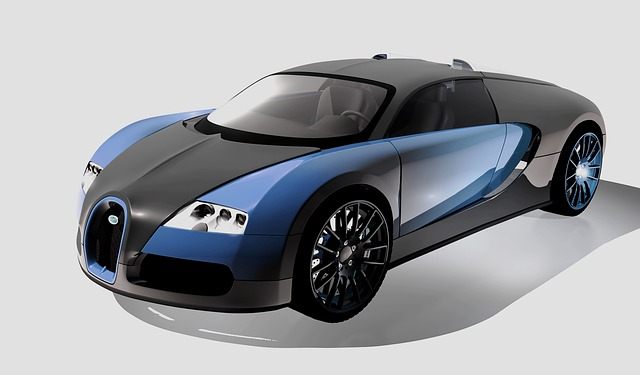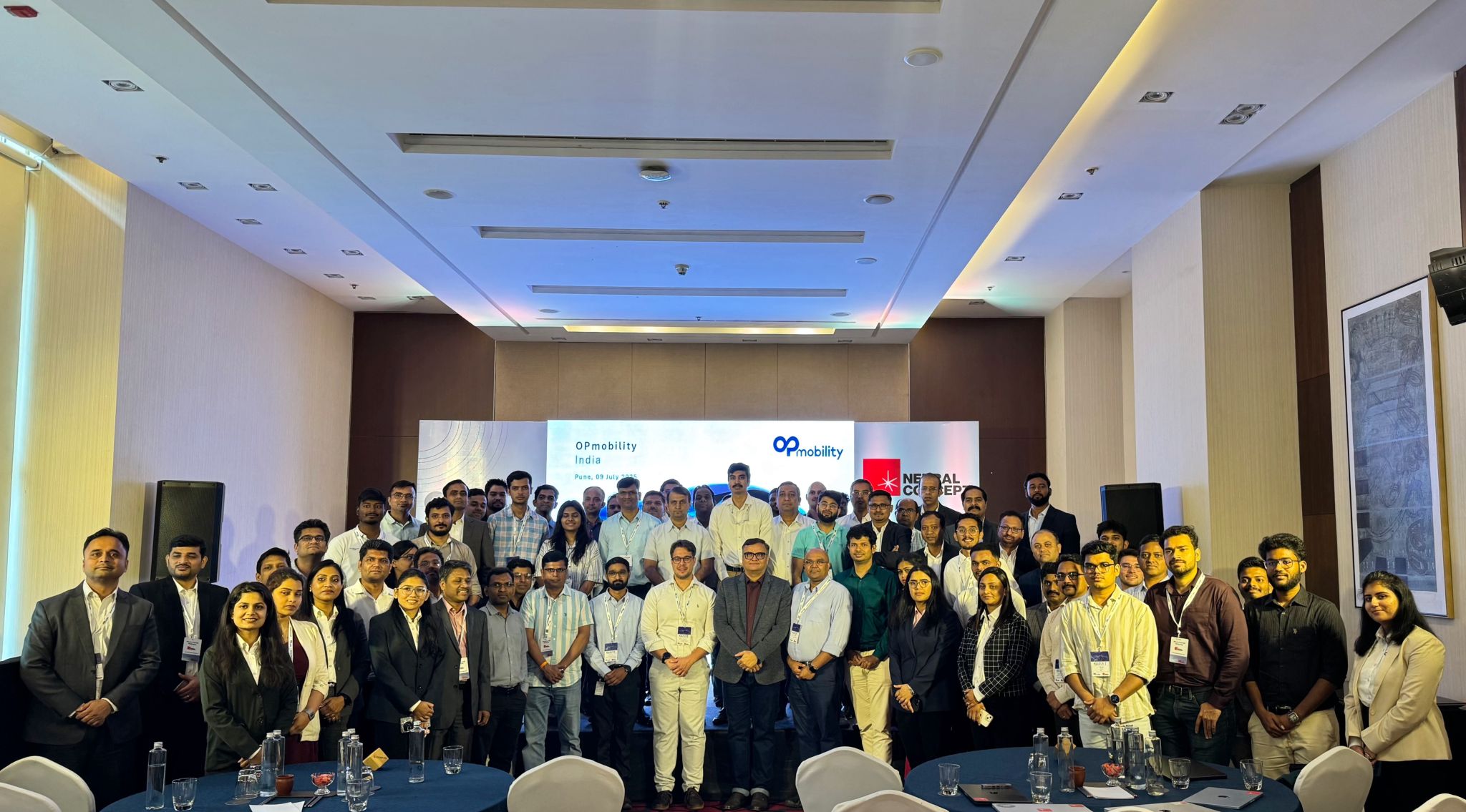Fundamental Engineering Design Principles

Engineering design principles help us, as engineers, to design alternatives and come up with new solutions. They ensure a structured approach to creating a product, from the concept to the product launch.
"Principles" means consistent methodologies are applied throughout the design phase, starting from the early concept phase. With modern software tools, methodologies are more automated, empowering a new generation of engineers with access to CAD, CAE or VR simulation tools.
But there is more to it... the recent introduction of AI into our daily lives makes us wonder, what is the role of AI in engineering design?
As a case study in automotive engineering: during the creativity phase, a concept model starts the conversation and leads the basic principles of a new car; however, teams are involved in evaluating the concept's practical performance with precise numbers, for example, yielding the vehicle's drag resistance stemming from a certain initial vehicle design concept. This is possible thanks to the software's capability to model and virtually test all performance aspects of interest to mechanical engineers, such as aerodynamics, crashworthiness, and comfort, before prototypes are built.
Follow us in the article to know more and get an initial idea of the AI potential for design.
Engineering Students and Innovative Solutions in the New Technology Ecosystem
Engineering design principles encompass safety, functionality, good design, innovation, and sustainability.
Engineering design principles have lately incorporated innovative solutions in mechanical design, such as Finite Element Analysis and CFD, both in problem identification, such as the value and location of stress peaks in a component, and the development of better solutions using the same engineering software suites. Moreover, there is a trend to incorporate human operations with AI for generative design.
All those tools and functions can now be considered part of the current method development to model, test, and optimise functionality before any physical prototype.

The Role of Instruction
Engineering students are now exposed to simulation technology in their curricula. They join corporations knowing that prototypes pose environmental challenges because of associated costs to objects such as materials, maintenance of testing rooms, and logistics. Engineering students are aware that a product can be developed now "on paper", i.e. with access to virtual engineering tools.
Thus, developing products requires knowledge of basic engineering principles, including the production process.
As technology advances, engineering design evolves, with teams incorporating the latest trends, like AI and 3D printing, with an increased emphasis on user-centred design and sustainability. More and more engineering teams and students are exposed to the new technology ecosystem that includes AI engineering.
On top of sustainability, we shouldn't forget that while staying idealistic; we should be practically oriented: designing a product or system requires, as a first principle, knowing its intended functionality and purpose, ensuring the design outcome meets the expectations of users and stakeholders as well as regulatory organisations' requirements. Safety is paramount; built-in safety features are crucial for reliable operation under varying conditions.
From Creativity to Mass Production
Various software solutions facilitate effective communication and collaboration among team members throughout the product design stages.
The creativity phase in automotive engineering is not the work of a lonely genius; it is a multidisciplinary endeavour leveraging engineering design principles. An iterative engineering process and design phase in mechanical design development ultimately create innovative and functional vehicles respecting both creativity and practical considerations, as follows.
Performance Evaluation - The Role of CAE!
First of all we should assess a concept model's practical performance.

Computational tools and simulations, traditionally supported by specialised CAE software, are employed to analyse factors such as aerodynamics, crashworthiness, and passenger comfort, helping problem identification with analysis and solution via CAD design.
A good design is functionally assisted by CAE during all the later stages of project in terms of KPIs (good aerodynamic performance), marketing considerations, and cost-effective manufacturable materials and shapes.

Constraint Consideration in Engineering Design
Internal and external constraints are "walls" whose presence should be incorporated into sound engineering design principles. Internal constraints may include budget limitations, timeline restrictions, and available resources, while external ones can encompass regulatory requirements and market demands.
Project management and computer-aided design (CAD) software help manage and adhere to these constraints. A practical example is constraining a geometry within a certain space to avoid interference with other parts, a felt issue in any aerospace or automotive project with "crammed" spaces. AI Deep Learning optimisation can incorporate those aspects during a generative design process.

Industrial Feasibility and Engineering Design
Last, ensuring the concept can translate into a manufacturable and economically viable product is crucial. Here, engineering design software helps in creating detailed 3D models of concepts and optimising the manufacturing process. The earliest manufacturing considerations are considered, the fewer the design iterations will be. Returning to the previous chapter, one way to consider manufacturing needs is to constrain design based on materials, weights, or space.
Engineering Design Principles in Material Selection
Structural considerations ensure designs can withstand expected loads and stresses without failure. Engineers should optimise costs without compromising quality or performance since failure can lead to economic losses due to warranty returns, not to mention more severe events.
Need for Communication
Engineering design is an iterative process involving design refinement and improvement based on feedback and testing.
Products or systems must be designed to scale up or down as needed and adapt to changing conditions during design and development.
Effective communication and collaboration among team members, stakeholders, and experts are essential for a successful engineering design process from concept to start of production via research & development to later stages of post-sales assistance and warranty.
AI will speed up all the intermediate lags: an example is an aerodynamic design iteration reduced from 8 hours to 2 seconds, thanks to AI
Example of Material Selection - Smartphone Case Study
A material selection example that encompasses these engineering design principles might involve the development of a new, eco-friendly product, such as a smartphone. Engineers and designers must carefully consider several factors in detail in this scenario.
Environmental Sustainability and Durability
The team might opt for a biodegradable or recycled material for the smartphone case to align with sustainability goals. This choice reduces the product's environmental impact throughout its lifecycle.
Smartphone cases must protect the device from everyday wear and tear. So, engineers would evaluate materials for impact resistance, scratch resistance, and long-term durability to ensure the case maintains its functionality and appearance.

Cost Optimisation. Balancing the desire for sustainable materials with cost-effectiveness is crucial. The engineers might choose a cost-competitive, sustainable material that can be efficiently manufactured.
Engineering Design Principles in Action: Real-World Examples
In more detail, let us examine some design objectives in the automotive and electronics worlds.
Automotive Crashworthiness
Engineers utilise advanced materials like high-strength steel and design techniques to create vehicle structures that can absorb and dissipate impact energy during collisions, protecting occupants.

Automotive Electronic Stability Control (ESC)
ESC systems employ sensors and computer algorithms to detect and mitigate skidding or loss of control, significantly reducing the risk of accidents.
Automotive Pedestrian Protection
Vehicle design also considers pedestrian safety, incorporating features like energy-absorbing bumpers and hood designs to reduce injury during a pedestrian impact.
Child Safety Seats
Engineers develop specialised child safety seats to protect young passengers, with designs that consider child physiology and crash dynamics.
While having some points of contact and sharing some methods with the automotive world, the consumer electronics world has its peculiarities.
Consumer Electronics and Battery Efficiency
Engineers optimise battery technology to extend the lifespan of consumer electronics while increasing their energy density, allowing electronics to operate longer on a single charge.

Consumer Electronics Example: User Interface Design
User-centred design principles create intuitive and user-friendly device interfaces, ensuring consumers can easily navigate and operate electronic devices.
Materials Selection in Consumer Electronics
The choice of materials considers good design aspects such as recyclability, toxicity, and resource availability, with a growing emphasis on environmentally friendly options.
Energy-Efficient Components
Designers focus on selecting and integrating energy-efficient parts like low-power processors and LED displays to reduce energy consumption and extend battery life.
E-Waste Management in Consumer Electronics
Engineers work on designing products with ease of disassembly and recycling to minimise the environmental impact of electronic waste.
Innovative Methods in Engineering Design Process
AI, Machine Learning, and Automation have the potential to become prevalent in design optimisation, predictive analysis, and automating repetitive non-value-added tasks.
As a result, these methods are already leading to more efficient and innovative designs with use cases across various industrial sectors.
Additive Manufacturing, also called 3D printing, allows for intricate detail and tailored designs, decreasing material waste and production time.

IoT allows product engineers to add sensors and connectivity, enhancing design and maintenance through data collection and remote monitoring. Engineers increasingly utilise biologically inspired design principles for new and sustainable designs, such as bio-mimetic materials and structures.
Design principles have been adapted to support a circular economy where products create minimal waste and promote reuse and recycling.

Human-centric concepts and design principles will continue to guide design innovations, particularly in fields like user interface design, prioritising enhanced user experience, creativity, and meeting human needs.
This leads us to the human-centric vision of Industry 5.0 and to further exciting discussions in the future. Stay in touch!



